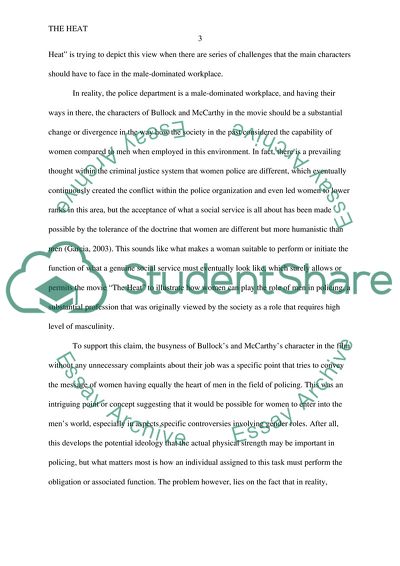Cite this document
(The Heat - Ideologies of Gender Roles in Action Movies Movie Review, n.d.)
The Heat - Ideologies of Gender Roles in Action Movies Movie Review. https://studentshare.org/sociology/1825273-an-anaylitical-research-essay-on-the-movie-the-heat-staring-sandra-bulluck-and-melissa-mccarthy
The Heat - Ideologies of Gender Roles in Action Movies Movie Review. https://studentshare.org/sociology/1825273-an-anaylitical-research-essay-on-the-movie-the-heat-staring-sandra-bulluck-and-melissa-mccarthy
(The Heat - Ideologies of Gender Roles in Action Movies Movie Review)
The Heat - Ideologies of Gender Roles in Action Movies Movie Review. https://studentshare.org/sociology/1825273-an-anaylitical-research-essay-on-the-movie-the-heat-staring-sandra-bulluck-and-melissa-mccarthy.
The Heat - Ideologies of Gender Roles in Action Movies Movie Review. https://studentshare.org/sociology/1825273-an-anaylitical-research-essay-on-the-movie-the-heat-staring-sandra-bulluck-and-melissa-mccarthy.
“The Heat - Ideologies of Gender Roles in Action Movies Movie Review”. https://studentshare.org/sociology/1825273-an-anaylitical-research-essay-on-the-movie-the-heat-staring-sandra-bulluck-and-melissa-mccarthy.


